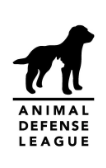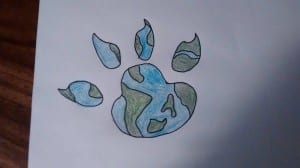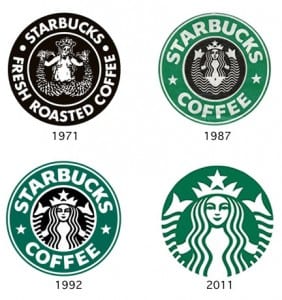During the space of this workshop I looked at how 2D Visual Effects can be incorporated into moving images.
I was showed examples of scenes of films/ TV shows with before VFX and after VFX, And how they can be used to enhance and improve a films aesthetic and logistics.
https://www.youtube.com/watch?v=2lLAc03DaeI
After that I was tasked with applying a image to a video using marker points.
[INSERT FINAL BOX RENDER]
I found out that if a video has a low frame rate it makes it a lot harder for the marker points to track the footage as motion blur occurs much easier compared to a higher frame rate.
Once this was done the next task to perform a sky replacement from a piece of footage using a image of another sky.
[INSERT RENDERED VIDEO OF SKYSCAPE]
2D motion capture does have its limitation however because if any of the selected pixels the marker pins are tracking disappear off frame or become obstructed the tracking will be lost.











